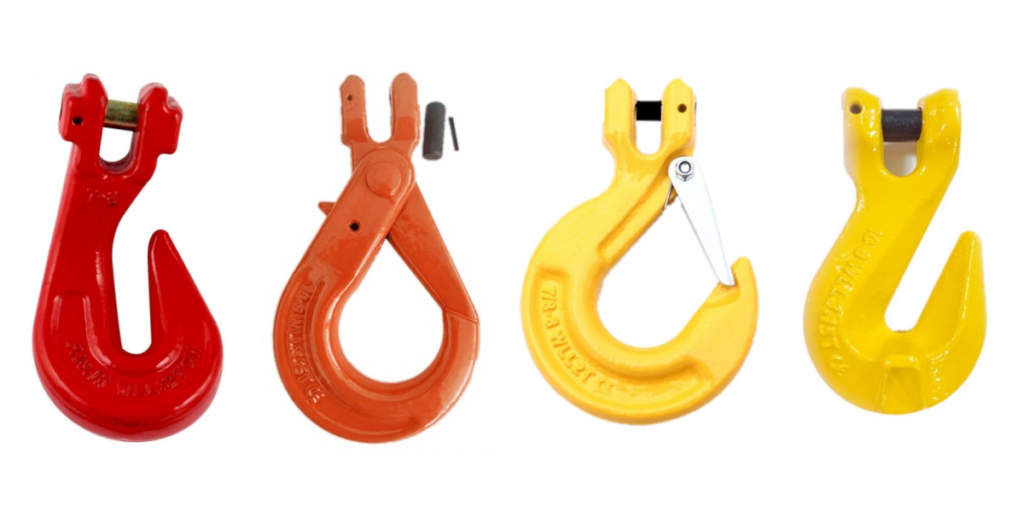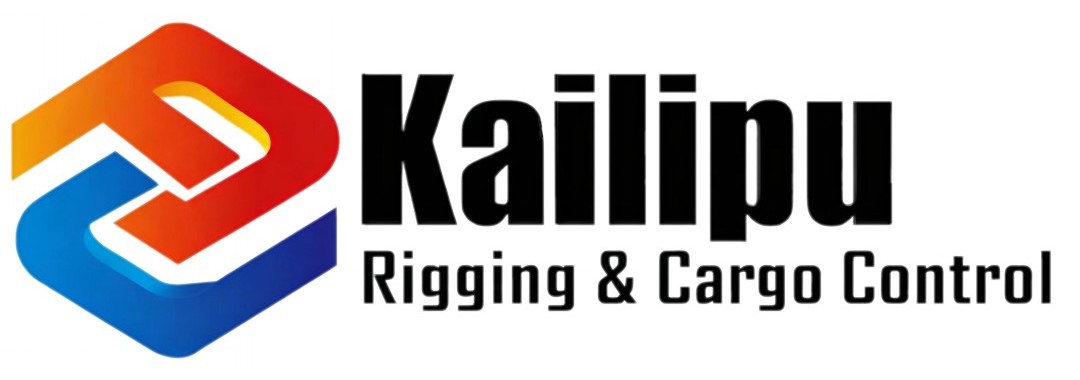Lifting Hook Types
In the world of heavy lifting and material handling, having the right equipment is crucial to ensure safety. Lifting hooks are among the most commonly use tools in various industries. They are ranging from construction and manufacturing to shipping and warehousing. With a wide array of lifting hook types, understanding their features and applications is essential to ensure the job is done right.
In this article, we’ll delve into the different types of lifting hooks and their respective uses.
1.Clevis Hooks
Clevis hooks are one of the most basic and widely used lifting hook types. They feature a simple design with a clevis, which is a U-shaped piece. So they allows for easy attachment to chains, slings, and other lifting equipment. These hooks are commonly use for general lifting purposes and can handle a variety of loads. However, it’s important to note that they are typically not suitable for overhead lifting. Due to their open design, which can lead to load disengagement.

2.Swivel Hooks
Swivel hooks, as the name suggests, have a rotating mechanism that allows the hook to pivot. They providing flexibility and preventing twisting of the load during lifting. This feature is particularly advantageous when handling loads that need to be maneuvered around obstacles. Or when lifting from multiple angles. Swivel hooks are commonly use in situations where require precise positioning, such as in construction and rigging operations.

3.Eye Hooks
Eye hooks have a closed loop at the end, known as an eye. Which can easily attached to ropes, cables, and other lifting accessories. They are often use when lifting loads vertically and are especially common in maritime and shipping applications. The closed loop design minimizes the risk of accidental disengagement, enhancing safety during lifting operations.

4.Grab Hooks
Grab hooks are design with a unique shape that includes a small opening on one side. This design allows them to securely grip onto chains and other attachments without the need for additional hardware. Grab hooks are particularly useful when you need a quick and secure connection. They are commonly use in towing and recovery operations, as well as in logging and forestry.
5.Sling Hooks
Sling hooks are specialized lifting hooks designed for use with synthetic or wire rope slings. They feature a wider throat opening to accommodate the thickness of slings while maintaining a secure connection. Sling hooks are commonly use in material handling and rigging applications. Where the combination of hooks and slings provides a versatile and reliable lifting solution.
6.Clevis Self-Locking Hooks
Clevis self-locking hooks are designed with a latch that automatically closes and locks upon engagement with a load. This feature prevents accidental load detachment and enhances safety during lifting operations. These hooks are commonly used in overhead lifting scenarios where load security is of utmost importance.
Conclusion
Choosing the right lifting hook type is crucial to ensure the safety of personnel. As well as the successful completion of lifting operations. Understanding the various lifting hook types and their applications can help professionals make informed decisions. Whether it’s the flexibility of swivel hooks, the stability of eye hooks, or the security of self-locking hooks. Each type has its own advantages that cater to specific lifting requirements. By considering factors such as load capacity, application, and safety features. Professionals can confidently select the ideal lifting hook for any job at hand.
Kailipu is a professional rigging and lifting hook manufacturer in China. For more information on chain and binders, please contact us at [email protected]

